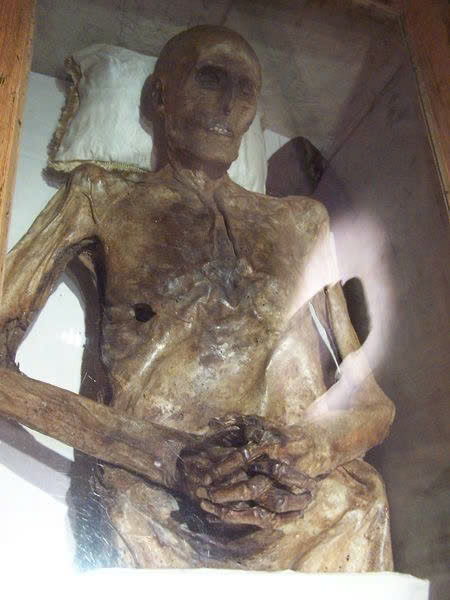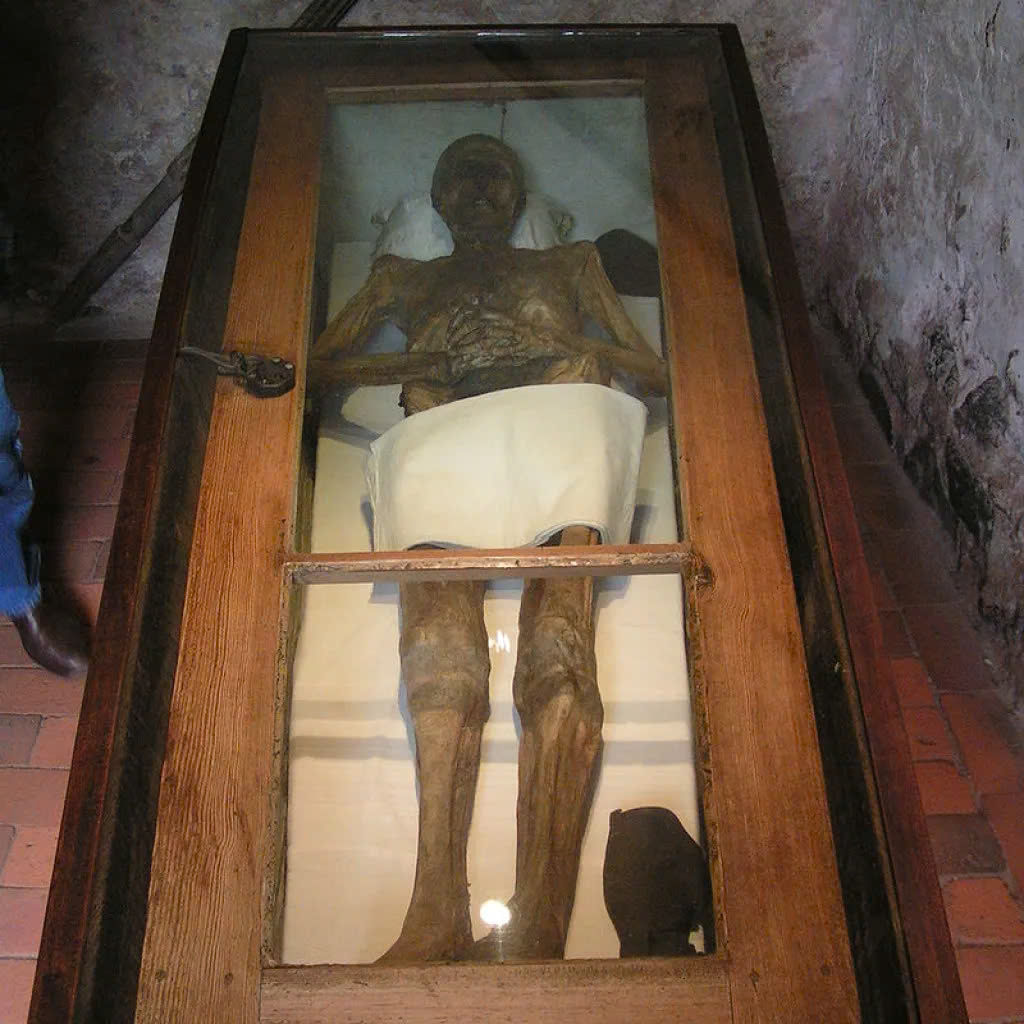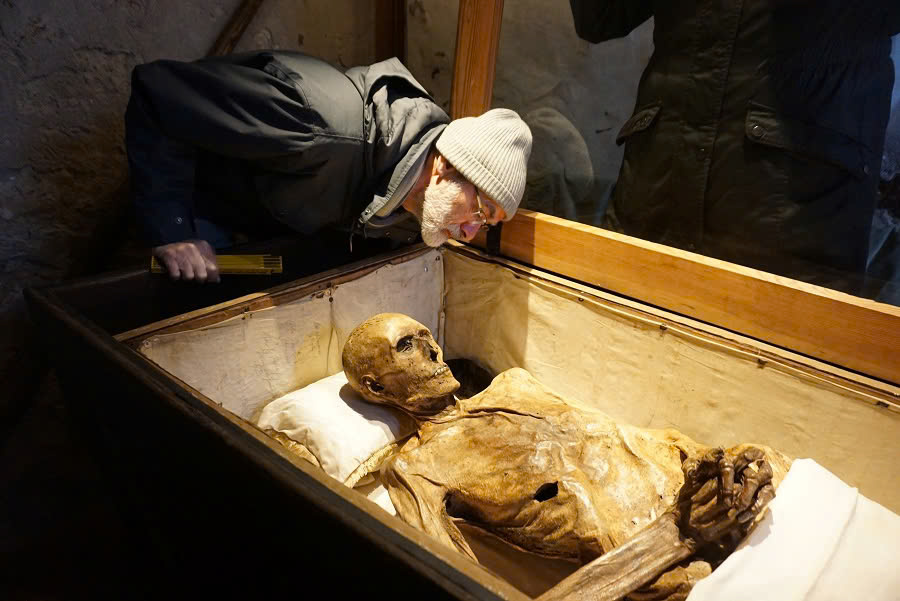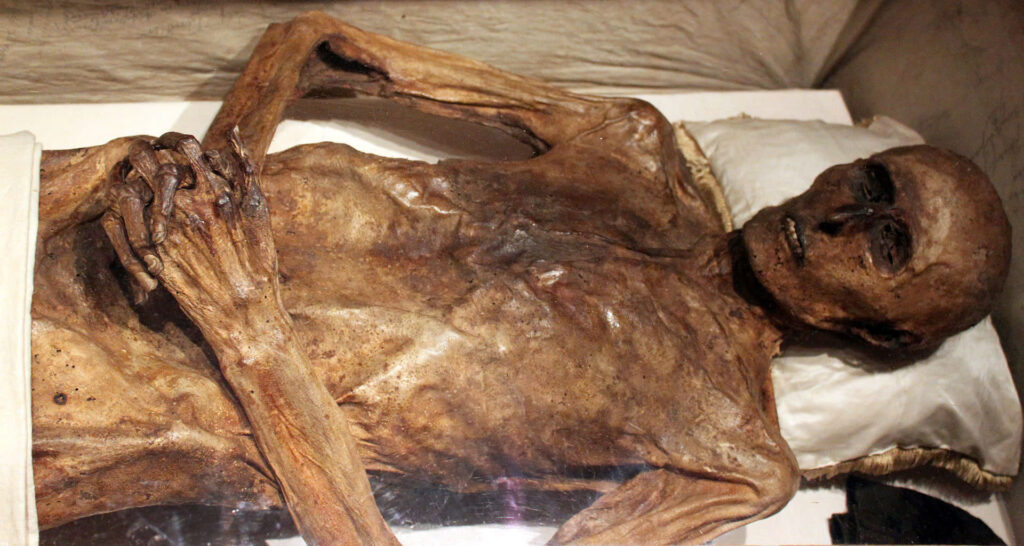In the shadowy corridors of 17th-century German history lies a tale that continues to send chills down the spine of those who hear it. The story of Knight Christian Friedrich von Kahlbutz combines elements of feudal cruelty, supernatural justice, and an inexplicable natural phenomenon that defies scientific explanation to this day.
The Tyrannical Knight and His Reign of Terror
Christian Friedrich von Kahlbutz, a German nobleman from Brandenburg, was notorious for his cruelty and exploitation of those under his rule. Perhaps most reviled was his insistence on exercising the infamous “droit du seigneur” – the supposed right of a lord to sleep with the brides of his subjects on their wedding night before the husband.

His tyranny did not go unchallenged, however. When a brave peasant stood against the knight’s advances toward his bride, Friedrich allegedly murdered the man in cold blood. Though brought to trial for this crime, Friedrich faced a court system that heavily favored nobility.
The Supernatural Oath
During his trial, lacking sufficient evidence to convict such a powerful figure, the proceedings reached an impasse. It was then that Friedrich made a proclamation that would echo through centuries:
“If I am guilty of this murder, may my body never decay after death.”
This dramatic oath seemed little more than theatrical bluster at the time. The court, predictably, declared him innocent, and Friedrich continued his life of privilege and abuse until his death in 1702.
The Remarkable Discovery
Nearly a century passed before Friedrich’s oath would come back to haunt the collective memory of the region. In 1794, during renovations at the church in Kampehl where he was buried, workers made an astonishing discovery. While other corpses in the church crypt had decomposed to dust and bone, Friedrich’s body remained remarkably preserved – his skin leathery but intact, his features recognizable, his form complete.

Even more striking, the body showed no signs of deliberate preservation techniques such as embalming. It was as if some supernatural force had intervened to ensure his oath was fulfilled, preserving his guilt for all to witness.
Scientific Explanations for the Mystery
Modern scientists have proposed several theories to explain this unusual preservation:
- The microclimate within the church crypt may have created ideal conditions for natural mummification
- The double-layered coffin might have sealed the body from decomposing elements
- Unique soil properties or the presence of certain bacteria could have contributed to the preservation
- A rare medical condition might have made Friedrich’s body resistant to normal decomposition processes

Yet none of these explanations fully account for why only Friedrich’s body, among all those buried in the same location, resisted decay.
Video
A Cultural Icon and Warning
Today, the mummified body of Christian Friedrich von Kahlbutz remains on display in the Kampehl church, drawing thousands of visitors each year. The preservation of his remains has transformed from mere curiosity into a powerful cultural symbol – a stark reminder that justice, whether earthly or cosmic, eventually finds its mark.

His story serves as a chilling testament to how the abuse of power can lead to consequences that transcend normal human understanding. For the people of Brandenburg, the undecaying knight became a cautionary tale passed down through generations: No matter one’s station in life, no one escapes the consequences of their actions.
Beyond the Legend
What makes Friedrich’s tale particularly compelling is how it operates on multiple levels – as historical account, supernatural legend, and moral parable. In a time when powerful men often escaped earthly justice, the story suggests that a higher form of accountability might exist.

Whether one views the preservation of Friedrich’s body as coincidence, scientific anomaly, or divine intervention, the poetic justice of his fulfilled oath resonates deeply with our human desire to see wrongdoing exposed and punished.
The tale of Christian Friedrich von Kahlbutz reminds us that history’s most enduring stories often combine verifiable facts with elements that challenge rational explanation – leaving us to wonder where truth ends and legend begins.

